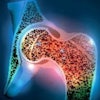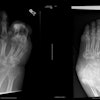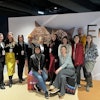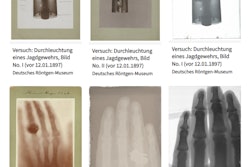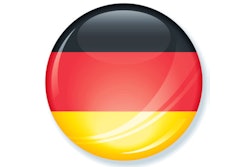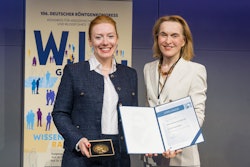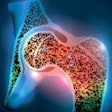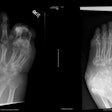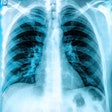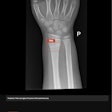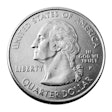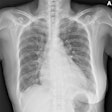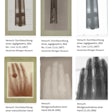A set of six groundbreaking x-ray images from Wilhelm Conrad Röntgen have now inscribed on UNESCO's international Memory of the World Register.
In a statement issued on 11 April, the German Roentgen Society (DRG) welcomed UNESCO's decision, calling it a historic milestone for radiology. Images selected include the x-ray image of Anna Bertha Röntgen's hand from 22 December 22 1895 -- "the image that astonished not only experts but also the public" -- as well as the radiography of the Röntgen hunting rifle, which laid the foundation for nondestructive material testing, according to the DRG.
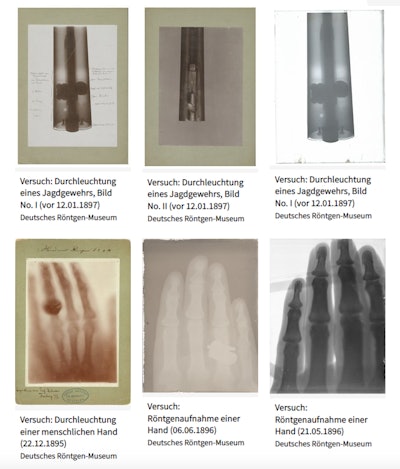 Six historic x-ray images from the estate of Wilhelm Conrad Röntgen. Image courtesy of Rheinland Museum Digital, UNESCO Memory of the World.
Six historic x-ray images from the estate of Wilhelm Conrad Röntgen. Image courtesy of Rheinland Museum Digital, UNESCO Memory of the World.
"For the first time, the inclusion in the Memory of the World Register recognizes a selection of historical images that symbolize the origin of a completely new perspective on the human body and matter," the society said.
In 2011, DRG acquired the Röntgen Birthplace from the city of Remscheid. UNESCO is honoring not only Röntgen's discovery of x-rays but also the cultural, scientific, and technological significance of his early radiographs, according to the DRG.
"The public exhibition of two of the images now recognized as Memory of the World -- Bertha Röntgen's hand and Wilhelm Conrad Röntgen's hunting rifle -- takes on a new radiance thanks to the UNESCO decision," DRG President Prof. Dr. Konstantin Nikolaou said. "The birthplace will thus become an even stronger place of vibrant scientific communication, attracting national and international visitors, scientists, and educational institutions."
The house where Röntgen was born is located at Gänsemarkt 1, 42897 Remscheid, Nordrhein-Westfalen.

